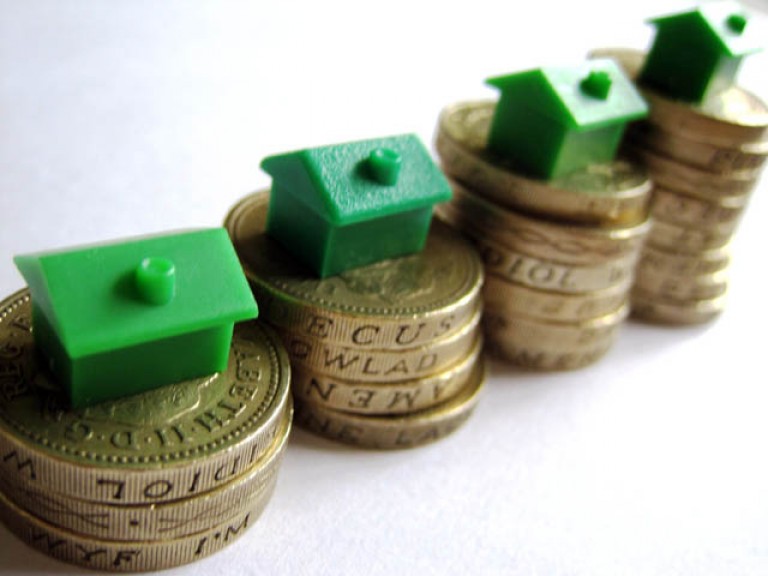
Top Tips for growing your Buy-To-Let Portfolio
Hand tips for growing your Buy to let portfolio.
Act fast
Buy before April and you’ll save on Stamp Duty because from April 1, the Chancellor is planning to introduce an extra 3% charge for buy-to-let and second home purchases. This is subject to confirmation in the Budget on March 16.
No deposit? No problem
Re-mortgaging your first rental property to raise the deposit for your second is an option if your first investment has increased in value, but bear in mind you might end up paying a higher interest rate on your first property if the extra loan increases your borrowing to more than 60% of its value.
Think tax
Due to quite complex changes to the way in which landlords will be taxed on their rental income from April 2017, you might be better off setting up a company to acquire your next rental, rather than buying as a private investor. Best advice is to speak to an accountant who specialises in landlord taxation.
Get a mortgage broker
When you bought your first buy-to-let it was a breeze to get a mortgage, right? That might not be the case anymore. Banks have started to tighten up on their lending criteria for BTL mortgages and some now insist that the rent covers 135% of the mortgage interest payments (up from 125% last year) at an assumed interest rate of at least 5% . Find a good independent broker who will steer you in the direction of the best deals and most generous lenders.
Fix your mortgage
With interest rate rises on the horizon and banks coming under increasing pressure from the Government to restrict their BTL lending, it seems sensible to lock into a long-term fixed rate now so you won’t have to worry about your payments going up or trying to find a new deal in a couple of years when it might be a lot harder.
Focus on properties with the best yields
Rental yields are typically quite low but these days you’re going to have to find a property that offers better than the average of 5% if you need to borrow 75% of the purchase price. Houses in Multiple Occupation (HMOs) usually give the highest yield but they can be difficult to manage. Instead, consider two-bedroom flats for good yields with less hassle.
Properties for pensioners top the table in terms of rental yield, followed by those let to tenants claiming local housing allowance, but they might not be so great for capital growth and the latter can be hard to manage. You should get a good return from student properties, which tend to be cheaper than average, but you’re likely to have more wear and tear. Young professionals are the best option for a combination of reasonable yield and good capital growth.
Check the EPC
From April 2018, landlords won’t be able to let a property with an Energy Performance rating of less than E, unless it’s a listed building, so if you’re thinking of buying a property with an EPC of F or worse, make sure you know how much the energy-saving improvements are going to cost before you commit.
Speak to the council
So many councils are planning to introduce selective licensing for landlords – or have already done so – that it would be a good idea to check what’s happening in the borough where you want to buy before you go ahead. If there is a licensing scheme in place, you won’t be able to let the property until you’ve got a licence and this might not be granted.
Balance your portfolio
While it’s a good idea to ‘stick to what you know’, if your first property has a low-yield but great capital growth, it might be wise to go for the type of property and tenancy that will give a higher yield the second time, especially if you have a mortgage, however, if you’re getting a great yield from your first, it might make sense to buy your second property with capital growth in mind.





